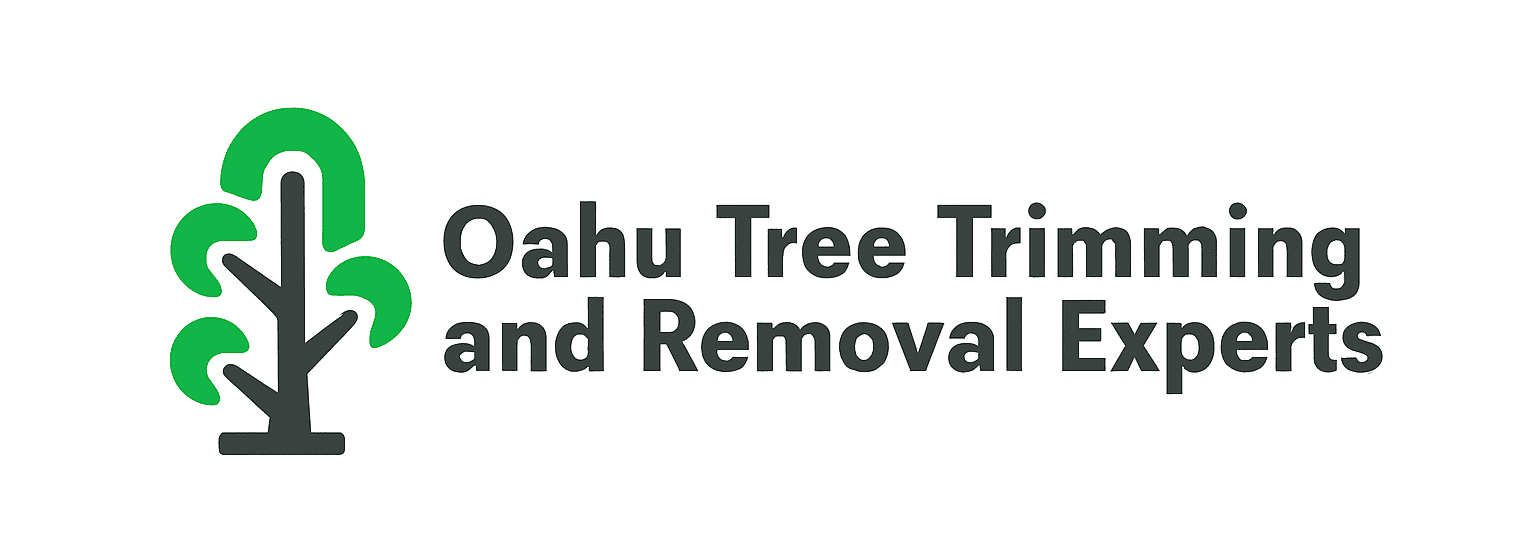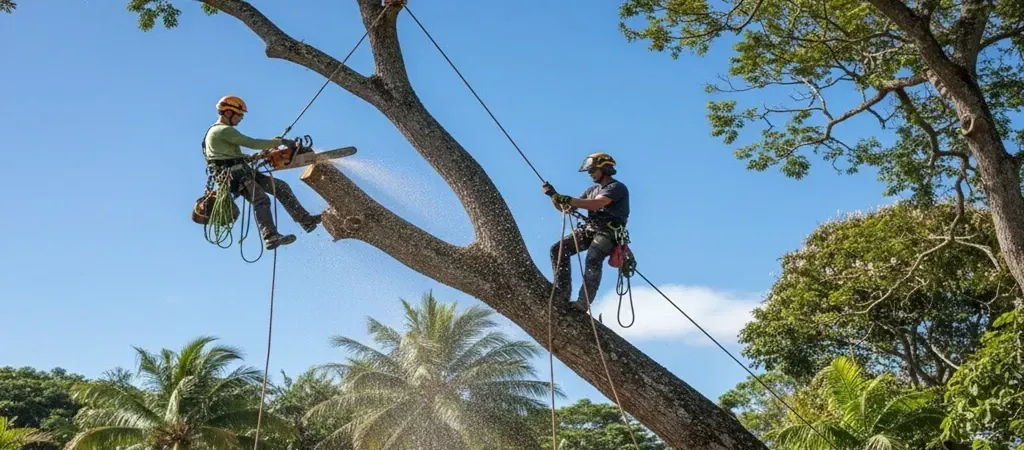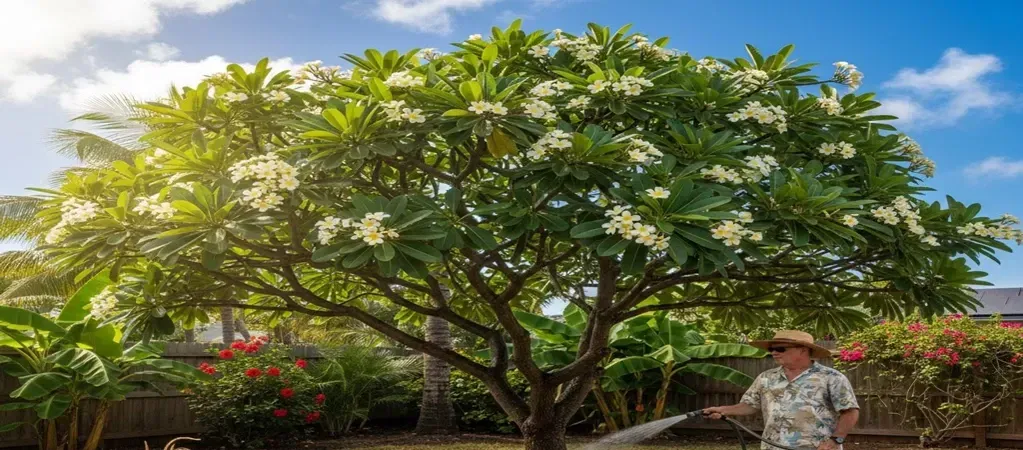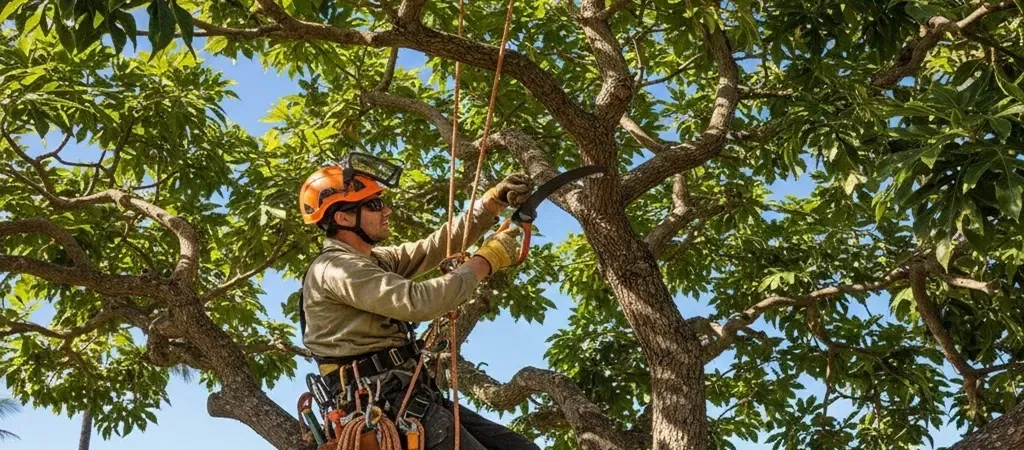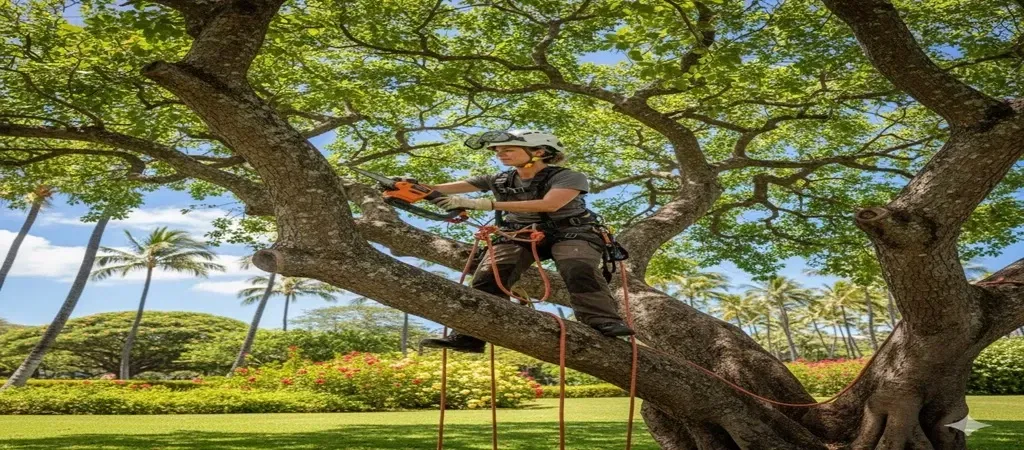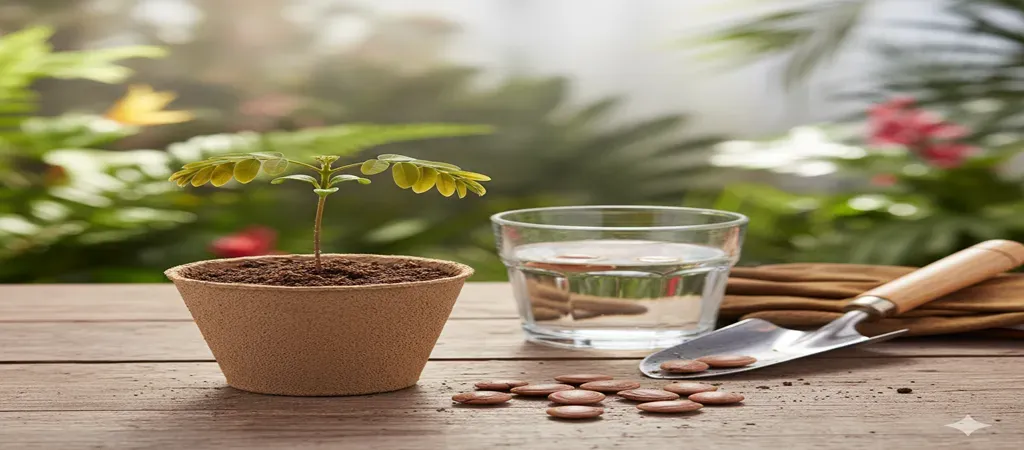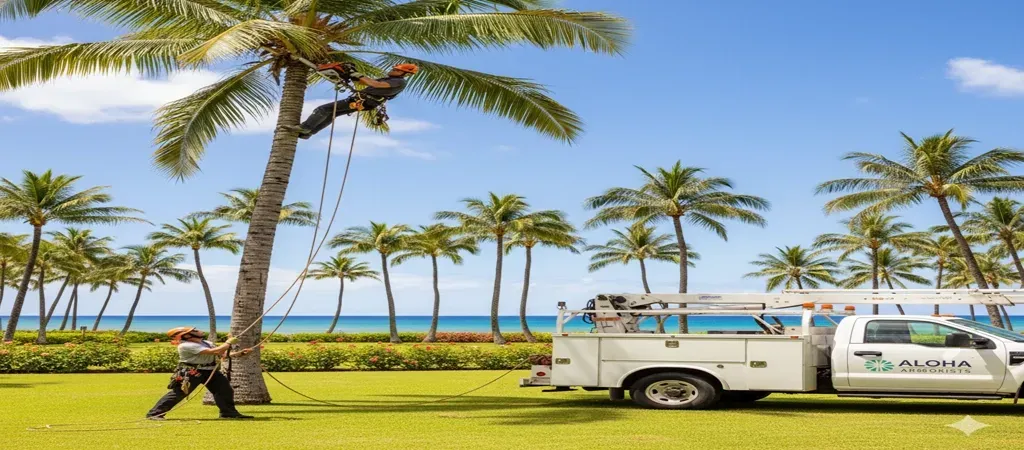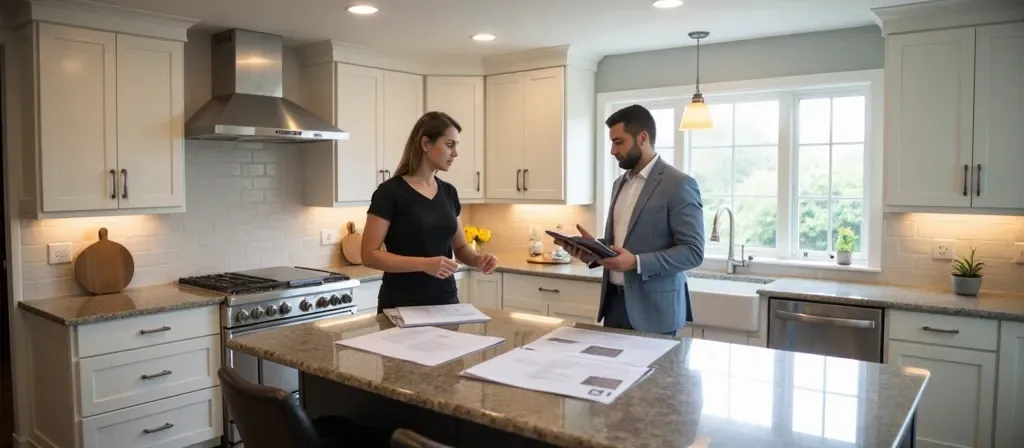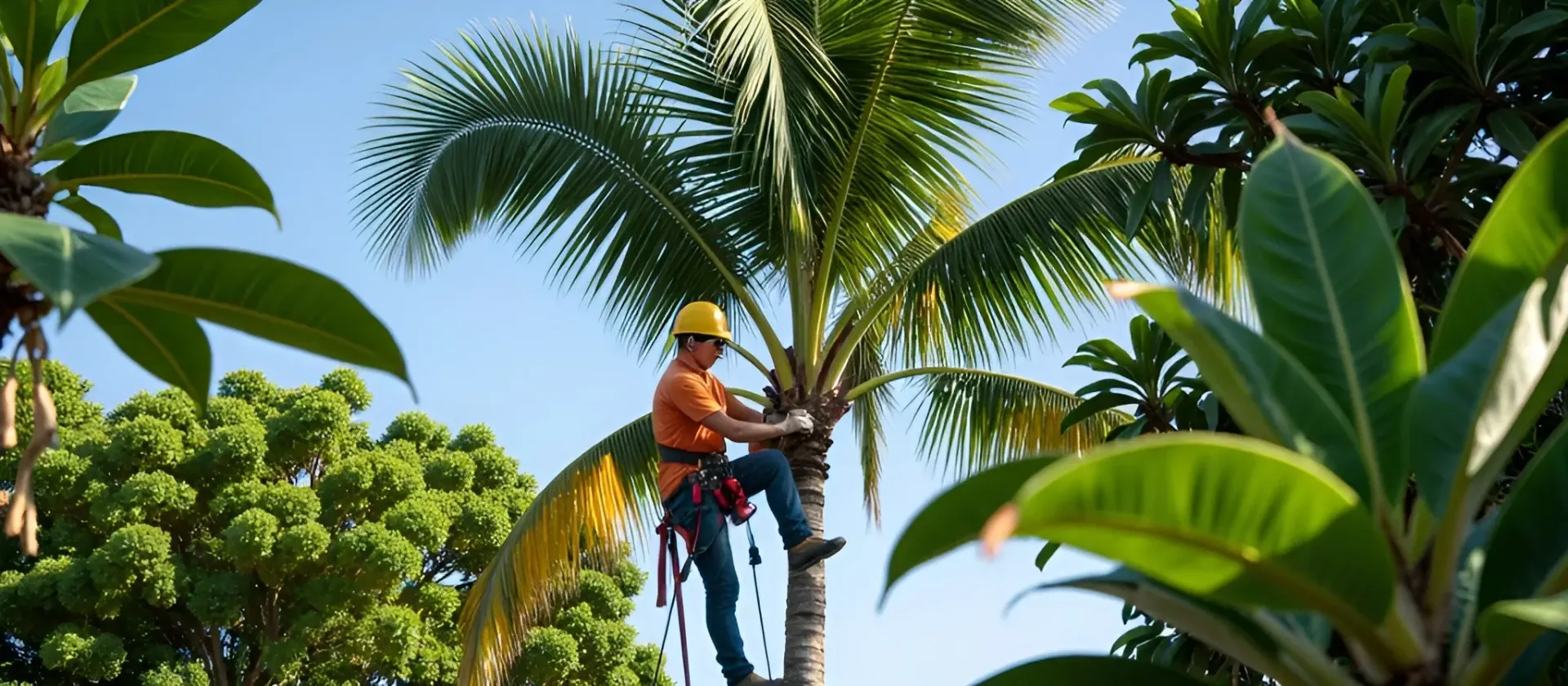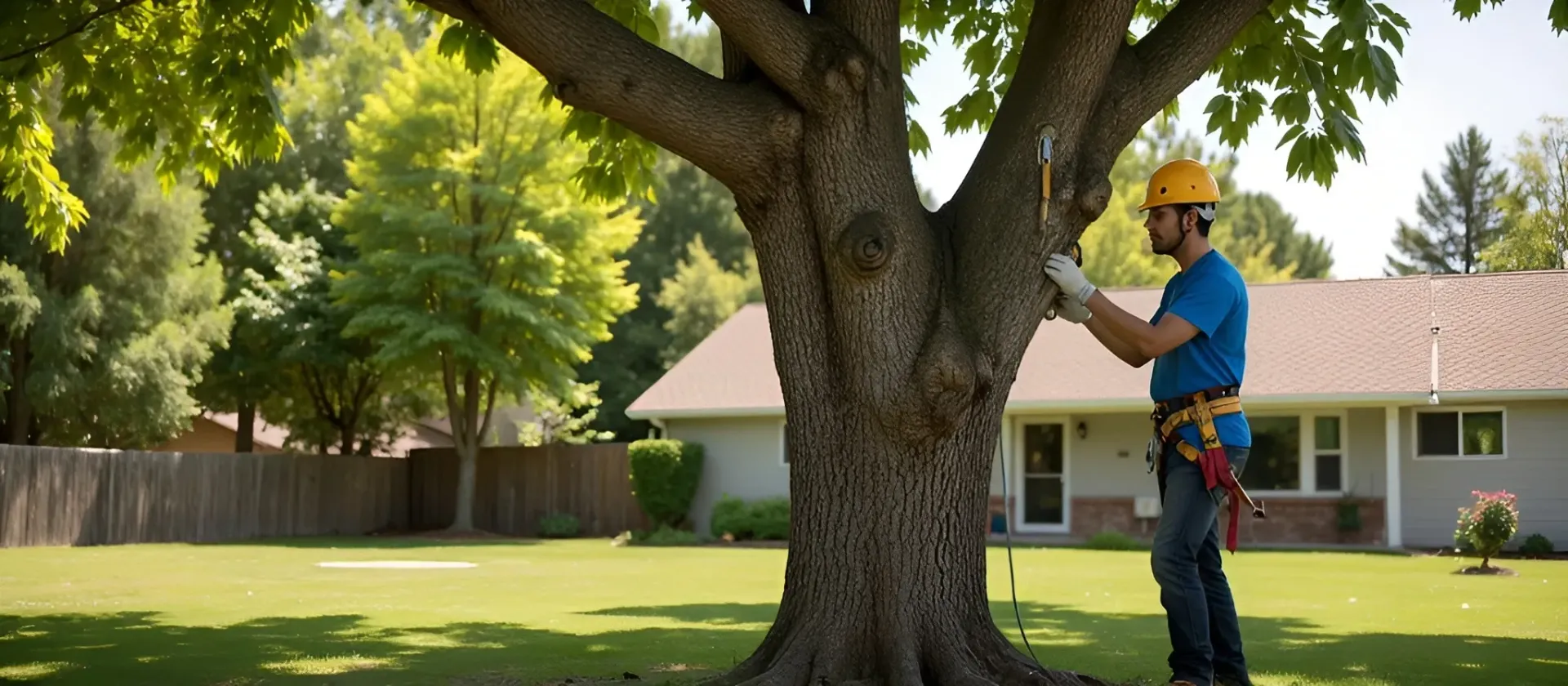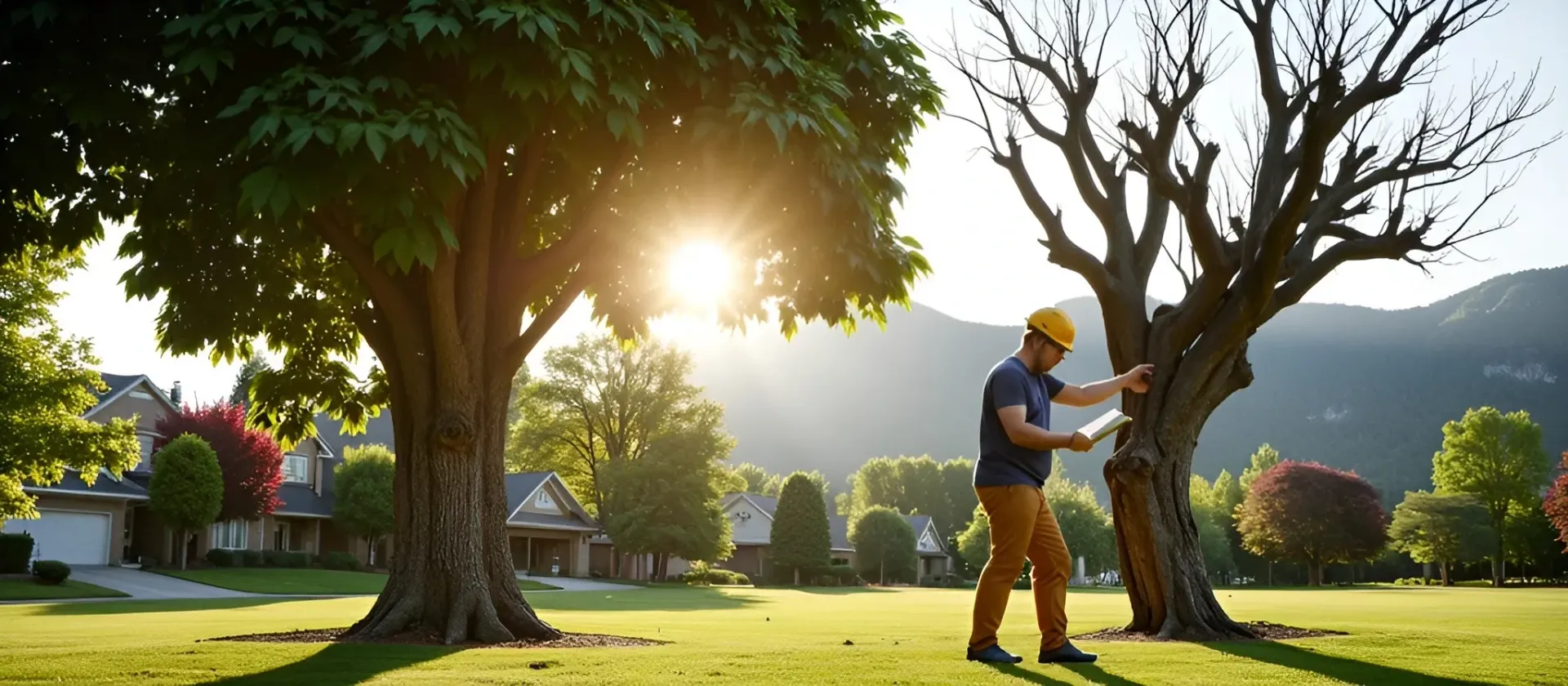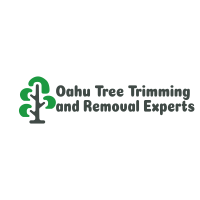ISA Arborist–Approved Tree Pruning in Oahu: Professional Techniques That Protect Your Trees

Tree pruning is one of those things many people think they can do themselves until they see the long-term damage. Trees grow year-round, and weather patterns shift quickly in Oahu’s tropical environment. That’s why aside from making your trees look bad, improper tree pruning can also shorten their lifespan. For that reason, professional, ISA arborist–approved pruning methods are essential to keeping Hawaii’s landscape healthy, storm-resilient, and beautiful.
Too often, untrained crews ‘top’ or over-trim trees, promising a quick cleanup that results in weak branches, disease, and structural instability that can take years to reverse. Working with professionals trained under International Society of Arboriculture (ISA) standards ensures that every cut supports your tree’s growth rather than harm it, as can happen when it’s in the wrong hands.
Why Proper Pruning Holds Greater Meaning
In temperate climates, tree pruning can be forgiving. But in Oahu, it’s not. The combination of high humidity, strong UV exposure, and frequent rainstorms accelerates tree growth, but it also speeds up decay if a tree is pruned incorrectly.
Each cut on a living tree creates a wound. If that wound is jagged, oversized, or made at the wrong angle, it opens the door to fungal infections and insects. This is the reason why ISA arborist–approved pruning focuses on targeted cuts that follow the tree’s natural collar, a technique proven to promote faster healing and stronger regrowth.
Another reason Oahu trees need careful management is storm preparation. Overweighted limbs or imbalanced crowns become hazards in high winds. Arborist-approved crown reduction techniques make a tree look uniform while distributing structural load evenly, reducing the chance of branch failure during tropical storms or hurricanes.
Behind every thriving landscape is a foundation of proper tree care. Explore expert insights on why maintaining tree health is essential for your property and the planet.
Common DIY Mistakes That Harm Trees
Most pruning mistakes aren’t malicious, just uninformed. But they still cost trees their health. Some of the most common missteps include:
Topping – Cutting off the entire upper section of a tree in an attempt to reduce height. This causes stress sprouting, leading to weak, unstable limbs that are more likely to break.
Flush cutting – Trimming too close to the trunk, removing the protective bark ridge. This exposes internal tissues to rot.
Over-thinning – Removing too much interior foliage in hopes of “lightening the tree.” In tropical conditions, this exposes bark to sunscald and leaves the tree vulnerable to dehydration.
Improper timing – Pruning during periods of high heat or rapid growth can shock the tree and stunt regrowth.
ISA arborist–approved pruning guidelines strictly prohibit these methods. Instead, they promote gradual correction, which involves removing no more than 25% of a tree’s canopy per year and spacing out maintenance to let the tree recover naturally.
The Science Behind ISA Arborist–Approved Pruning
Arborist-certified pruning is based on decades of plant biology research that studies how trees respond to wounds, gravity, and light.
Structural Pruning (Formative Years)
This focuses on shaping young trees for long-term strength. By identifying dominant leaders early, arborists prevent multiple weak trunks from forming later.
Crown Cleaning and Thinning
Selective removal of dead, dying, or crossing branches improves air circulation and light penetration, which is vital for Oahu’s humidity-heavy climate, where fungal growth is common.
Crown Reduction
Instead of topping, arborists shorten branches by cutting back to lateral limbs. This keeps the tree’s natural shape intact while safely reducing height.
Root Zone Protection
In Oahu, shallow root systems often face compaction and poor drainage. Certified professionals understand how to combine light pruning with soil aeration and mulching to restore balance between canopy and roots.
Every decision comes from an understanding of tree physiology and Hawaii’s microclimate. It’s this science-based precision that sets professional pruning apart from casual trimming. For science-based insights on how to prune with care,
explore the ISA’s Tree Pruning Guide.
Why True Tree Health Begins with Expertise
When pruning is done the ISA way, it becomes preventive care. Each pruning session strengthens a tree’s defense systems by balancing energy flow, encouraging new growth where needed, and reducing weight on critical limbs.
Disease Prevention: Proper pruning removes decaying limbs before pathogens spread. Clean, strategic cuts prevent moisture pockets that attract fungus.
Storm Resilience: Balanced canopies resist high winds. Pruning before hurricane season helps prevent uprooting and property damage.
Longevity: By managing growth patterns and root stress, arborists can extend a mature tree’s lifespan by decades.
Safety: Certified arborists use climbing and rigging techniques designed to protect both the tree and the surrounding property, with no spiked boots or careless equipment use.
Your trees do their best to stay strong through storms and seasons, but sometimes they need a helping hand. See how to know when it’s time to call a professional arborist.
When Island Knowledge Shapes Every Cut
Not all pruning standards are universal. Oahu’s plumerias, monkeypods, kukui, and albizias have unique growth habits shaped by salt air, trade winds, and volcanic soil. That’s why a mainland approach probably doesn’t work here.
Certified arborists and local professionals in Hawaii understand these species intimately. They know, for example, that albizia trees need gradual height reduction to prevent trunk splitting, or that mango trees require selective thinning to encourage fruit production without sunburning the bark.
This regional knowledge ensures every pruning session supports the tree’s natural biology and the island’s ecosystem balance.
Why ISA Standards Should Be Non-Negotiable
It’s tempting to hire the cheapest option when it comes to tree trimming. But untrained work often results in irreversible harm. An incorrectly pruned tree might survive, but the real problem is that it won’t thrive.
ISA-approved pruning is more than a credential. It represents a code of ethics, safety, and environmental responsibility. It guarantees that every cut respects both the science of arboriculture and the spirit of preservation that defines Hawaii’s landscape.
If you care about your property’s value, safety, and the island’s greenery, trusting ISA-certified standards isn’t just the best choice, it’s the right one.
Final Thought
Pruning is an art guided by science. That’s why shortcuts shouldn’t be an option. Professional, ISA arborist–approved pruning safeguards branches and protects the living heritage of Hawaii’s landscape.
When your trees start showing signs of stress or need expert attention, the next step is to connect with a certified arborist who understands how to restore their balance.
